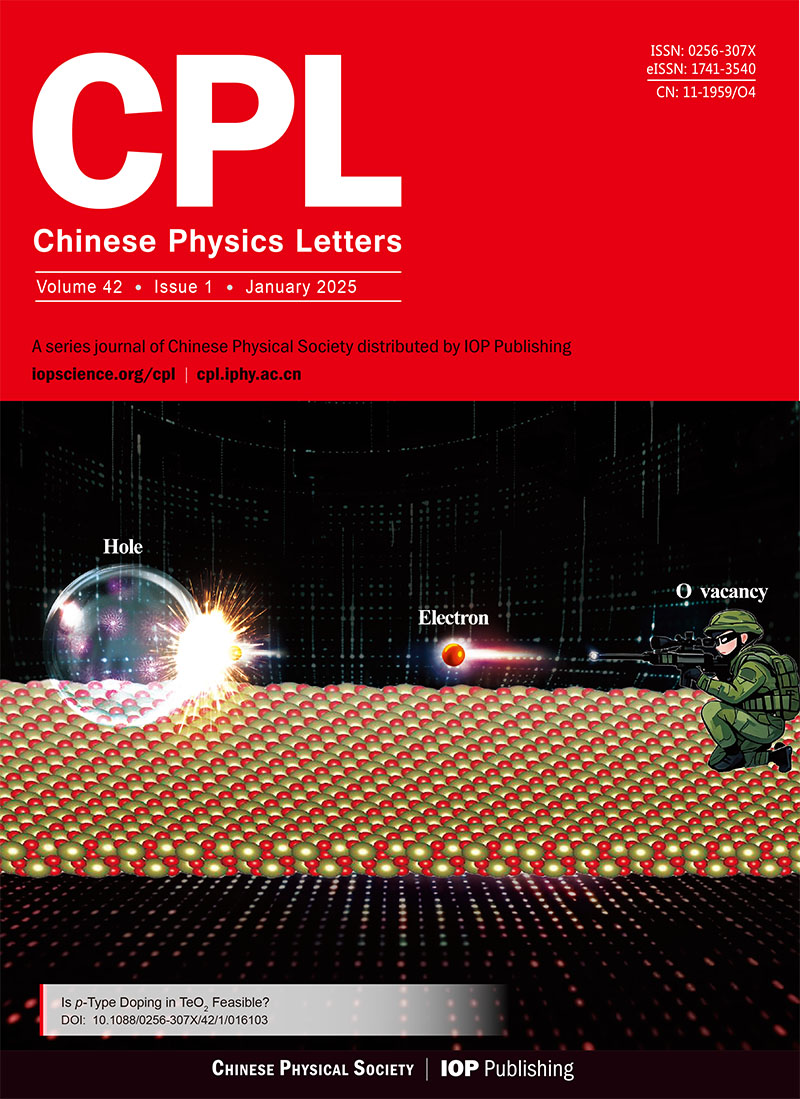Experimental Investigations on Leading-Edge Vortex Structures for Flow over Non-Slender Delta Wings
- Available Online: 30/07/2008
Abstract: The dye injection and hydrogen bubble visualization techniques are used to investigate the dual-vortex structure including its development, breakdown and the spatial location of vortex core over nonslender delta wings. It is concluded that the dual-vortex structure can be affected significantly by sweep angle and Reynolds number, and generated only at small angle of attack. The angle between the projection of outer vortex core on delta wing surface and the root chord line has nothing to do with the Reynolds Number and angle of attack, but has simple linear relation with the sweep angle of the model tested.

 首页
首页 登录
登录 注册
注册






 DownLoad:
DownLoad: